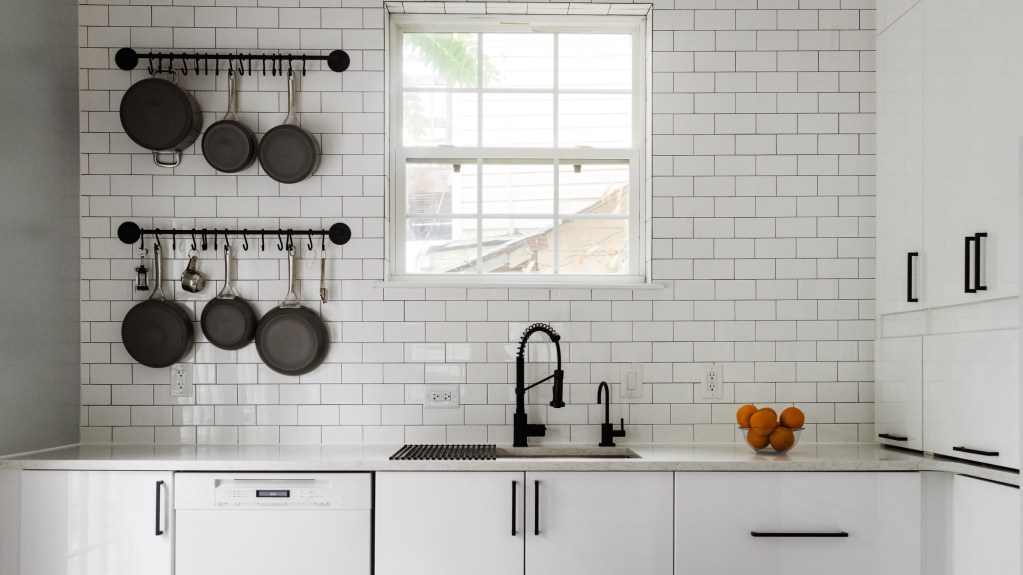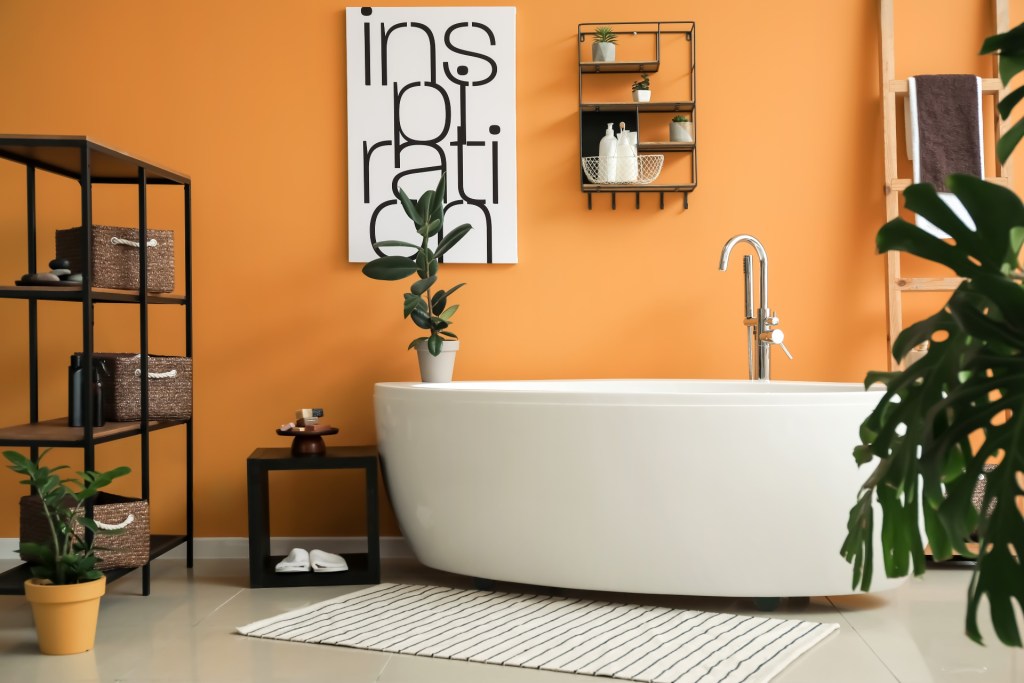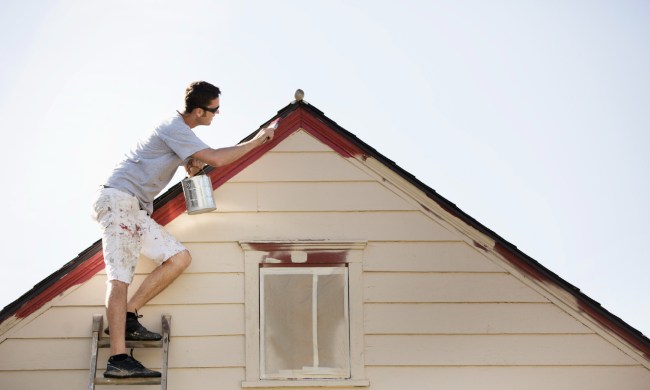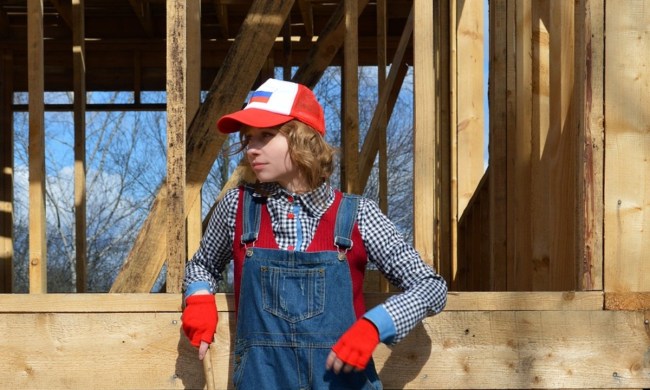If you just bought a new home or if you’re just curious about the hidden metropolis of pipes and drains behind your walls, you’ve come to the right place. Your home’s plumbing consists of two systems that work together to bring fresh water to your home and dispose of used water and waste. It’s certainly not a glamorous life for these pipes, but they provide an essential service to you and your family. Here’s what you need to know about how home plumbing works.

Water supply plumbing system
Whether your home’s water comes from the city’s supply or from your very own well, the pipes, fittings, and even the faucets work together to bring you fresh water. This is the water that comes to your bathroom, kitchen, and laundry room. The pipes are generally made from copper, but some are made with galvanized metals and can have plastic components.
Common problems with water supply systems
Poorly constructed, damaged, or corroded pipes can lead not only to faulty operation but they can also lead to lots of damages in your home. Familiarizing yourself with some of the most common issues with your water supply system could give you an advantage when the time comes for a repair.
Leaking pipes
Leaking pipes will only get worse until they’re fixed. This issue leads to excess moisture, which poses the threat of water damage and mold growing in your home. You can temporarily fix a leaking pipe with solutions like a repair clamp if the leak is located on a straight-line section of pipe or epoxy putty for a curved area.
Low water pressure
Low pressure can be caused by hard water, leaking pipes, or damage to your home’s main water valve or regulator. Test your water’s hardness with a simple hard water testing kit if you have low water pressure. If you have hard water, you probably have a buildup of minerals in your water fixtures or pipes, and you’ll want to invest in a water softener. Soak your fixtures in a baggie full of vinegar to break up any mineral deposits. If that doesn’t work, you may need to call a professional to replace sections of pipe or other plumbing components.
Running toilet
A toilet that doesn’t stop running can waste a lot of water and rack up some high water bills. A running toilet is generally caused by a faulty handle, chain, flapper, or valve. Take a peek in the tank and try to determine which of these it could be. Replacing these items is fairly cheap and not all that labor-intensive.

Waste disposal plumbing system
Often referred to as the drain-waste-vent (DWV) system, your home’s waste disposal system is vital. These are the pipes that carry sewage and water waste from your bathroom, kitchen, and laundry room out to the city’s sewage system or septic tank. There are three different types of pipes in your DWV system. Drain pipes carry used water away, waste pipes carry sewage from your toilet, and vent pipes supply air to the other pipes to release sewage gases and keep waste flowing properly.
Common problems with waste disposal systems
You certainly don’t want problems with your waste disposal as things can get ugly pretty quickly. You can have a backup of wastewater, slow or clogged drains, or even unpleasant odors from the disposal drains. These are all problems that you should correct quickly. Here are the most common issues in waste disposal systems.
Clogged drains
Whether it’s your sink or your bathtub, the most common and most fixable issue is that a slow or completely clogged drain gets to be unsanitary with all of that wastewater sitting stagnantly. Typically a clog happens when hair or other waste builds up to the point where the pipe is blocked and won’t drain the water adequately. A simple first step is to try a liquid plumber product to break down the clog and flush it out of the pipe. If that doesn’t work, it may be a larger or more dense clog, so try snaking the drain or calling a professional to do it for you.
Toilet troubles
Clogged toilets are certainly no fun, but they are another common issue when it comes to waste disposal. If plunging hasn’t worked, try some household remedies like bleach, baking soda and vinegar, or hot water and dish soap to break up and drain the blockage. There are also toilet snakes available to break through tough blocks, but if that doesn’t work, you’ll need to call a professional.
Venting issues
Since venting pipes are a part of the DWV system, some issues may arise with them. You may notice multiple slow drains, a low water level in the toilet, gurgling sounds in the drain, or even foul sewage smells. These are all indicators that your venting pipes may be faulty. If you suspect that you have venting issues in your plumbing, call a professional plumber to take a look.
Whether you’re currently experiencing plumbing issues or want to be proactive and learn all you can about how your pipes work, knowing what’s going on behind those walls is important for any homeowner. Understanding how your plumbing works and some of the common issues that occur can save you time, money, and sanity down the road when you face these issues.



